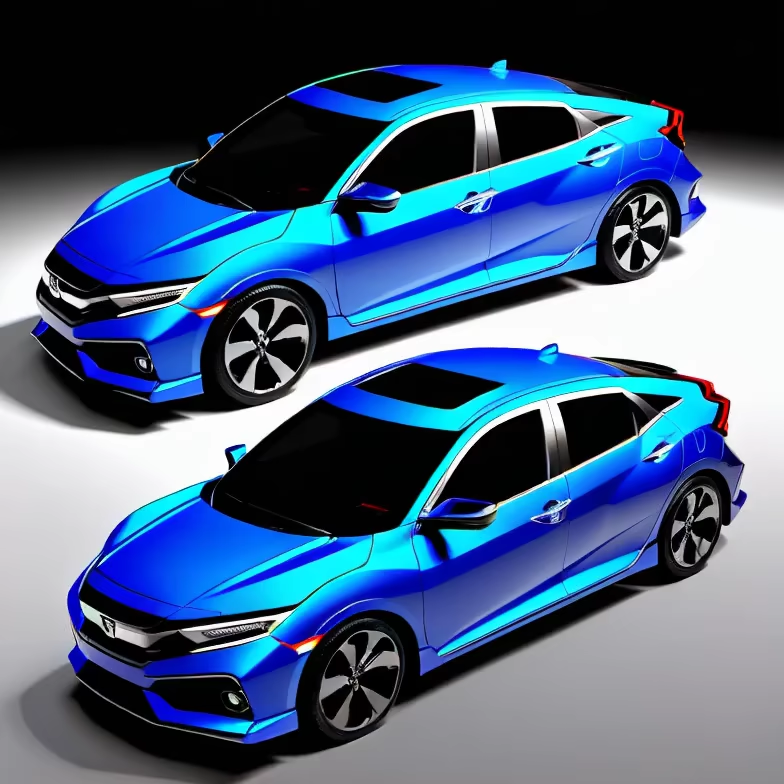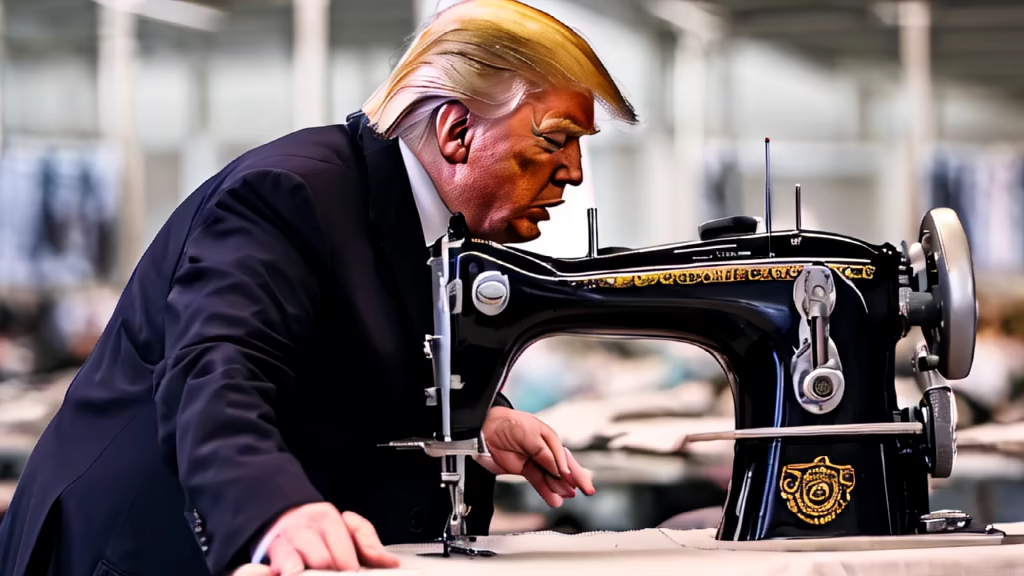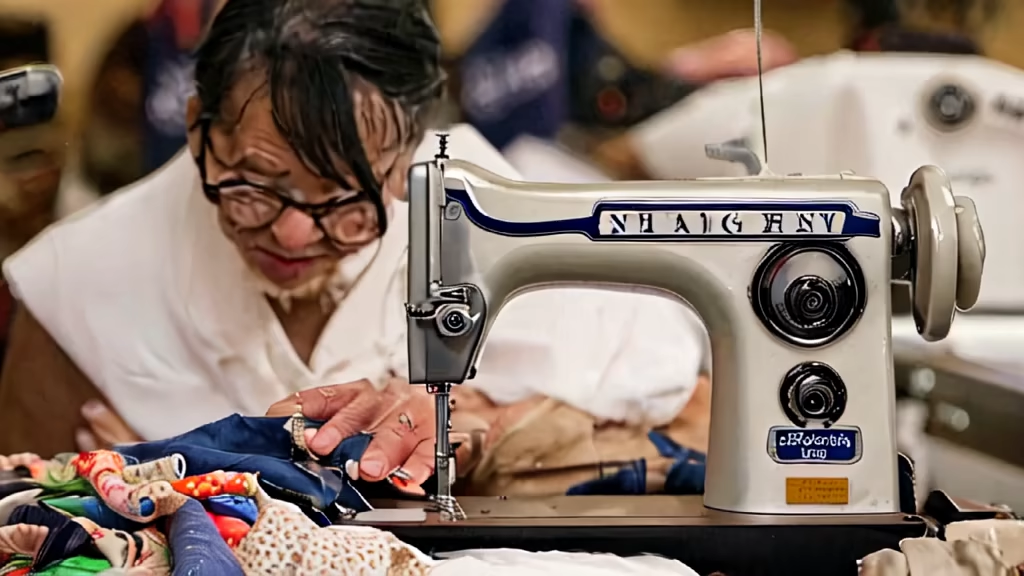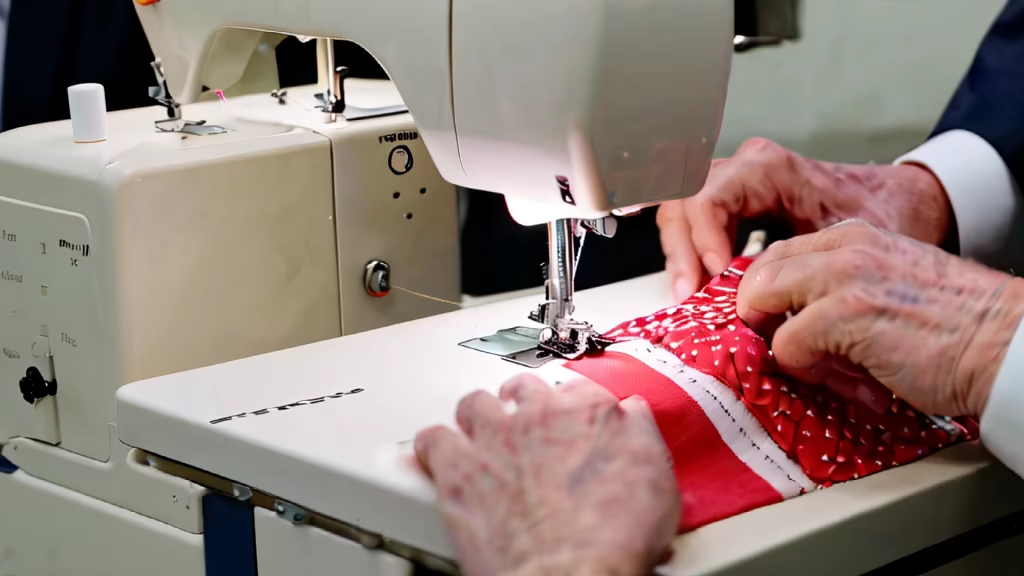Prompt: create a mechanical sketch of the design of the working principle belowThe handheld sewing machine, designed in a stapler-like configuration, employs a single-thread mechanism. Upon application to fabric layers and activation of the handle, a needle initiates penetration, forming a loop. Subsequently, a miniature U-shaped fastener, akin to a staple, is deployed to secure the loop, thereby creating a rudimentary stitch. This design facilitates rapid and provisional repairs, eliminating the necessity for a conventional sewing machine.


Prompt: create a mechanical sketch of the design of the working principle belowThe handheld sewing machine, designed in a stapler-like configuration, employs a single-thread mechanism. Upon application to fabric layers and activation of the handle, a needle initiates penetration, forming a loop. Subsequently, a miniature U-shaped fastener, akin to a staple, is deployed to secure the loop, thereby creating a rudimentary stitch. This design facilitates rapid and provisional repairs, eliminating the necessity for a conventional sewing machine.


Prompt: The handheld sewing machine, designed in a stapler-like configuration, employs a single-thread mechanism. Upon application to fabric layers and activation of the handle, a needle initiates penetration, forming a loop. Subsequently, a miniature U-shaped fastener, akin to a staple, is deployed to secure the loop, thereby creating a rudimentary stitch. This design facilitates rapid and provisional repairs, eliminating the necessity for a conventional sewing machine.




Prompt: The handheld sewing machine, designed in a stapler-like configuration, employs a single-thread mechanism. Upon application to fabric layers and activation of the handle, a needle initiates penetration, forming a loop. Subsequently, a miniature U-shaped fastener, akin to a staple, is deployed to secure the loop, thereby creating a rudimentary stitch. This design facilitates rapid and provisional repairs, eliminating the necessity for a conventional sewing machine.
Style: Pixel Art


Prompt: A portable hand-operated sewing machine works by utilizing manual power to drive the needle and create stitches. When you turn the hand crank, it engages a mechanism that moves the needle up and down. The fabric is positioned between the needle and a small bobbin, which holds the thread. As the needle pierces the fabric, it pulls the thread through, creating a stitch. The bobbin then releases more thread, and the process repeats as you continue to turn the hand crank. This simple yet effective design allows for portable and on-the-go sewing without the need for electricity.


Prompt: A portable hand-operated sewing machine works by utilizing manual power to drive the needle and create stitches. When you turn the hand crank, it engages a mechanism that moves the needle up and down. The fabric is positioned between the needle and a small bobbin, which holds the thread. As the needle pierces the fabric, it pulls the thread through, creating a stitch. The bobbin then releases more thread, and the process repeats as you continue to turn the hand crank. This simple yet effective design allows for portable and on-the-go sewing without the need for electricity.
Style: Tile Texture


Prompt: Picture a futuristic machine, sleek and advanced, designed to continually evolve and upgrade. With each new component you introduce—be it intricate circuits, advanced modules, or innovative tools—the machine seamlessly integrates without a hitch. Despite the constant enhancements, it operates flawlessly, showcasing its robust design and ability to absorb endless upgrades without compromising its efficiency or integrity.
Style: Line Art


Prompt: Generate the technical patterns for a long-sleeved shirt without a Valencia collar. Specify the dimensions and proportions for each component, including details for the 2 front pockets with visible stitching for a pen holder, 2 back darts, a finished 3cm included placket, and the button on the collar. Present the patterns on a white background, akin to blueprints, excluding any images of actual garments or human models.






Prompt: Generate the technical patterns for a long-sleeved shirt without a Valencia collar. Specify the dimensions and proportions for each component, including details for the 2 front pockets with visible stitching for a pen holder, 2 back darts, a finished 3cm included placket, and the button on the collar. Present the patterns on a white background, akin to blueprints, excluding any images of actual garments or human models.

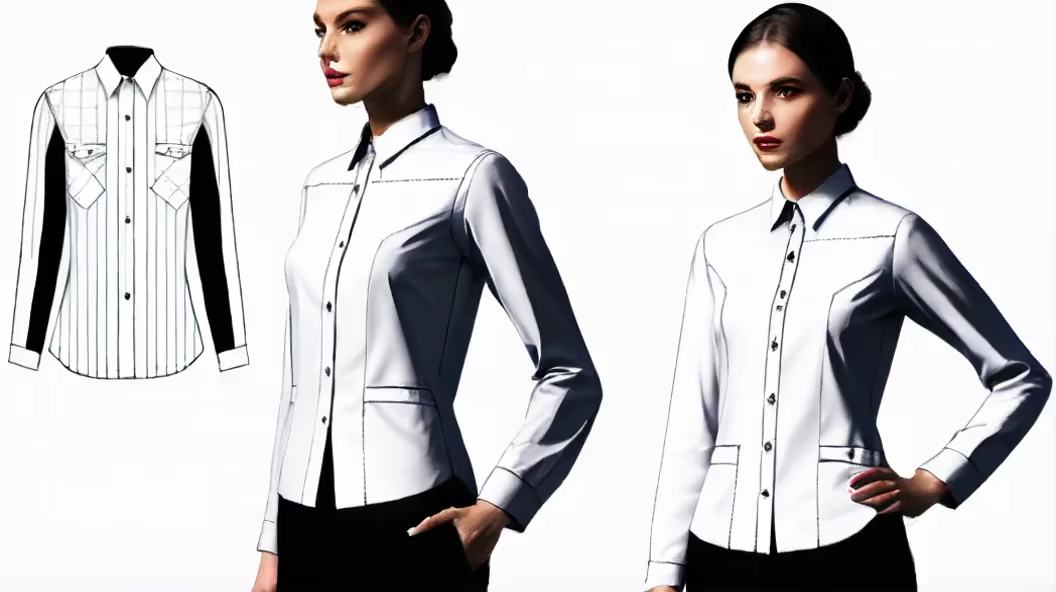
Prompt: Generate the technical patterns for a short-sleeved shirt without a Valencia collar. Specify the dimensions and proportions for each component, including details for the 2 front pockets with visible stitching for a pen holder, 2 back darts, a finished 3cm included placket, and the button on the collar. Present the patterns on a white background, akin to blueprints, excluding any images of actual garments or human models


Prompt: Generate the technical patterns for a men's shirt, THE SIMPLE, WITH TWO BAGS IN THE FRONT, without a Valencia collar. Specify the dimensions and proportions of each component, 2 back darts, a 3cm finished placket included, and the button at the collar. Present the patterns on a white background, similar to blueprints, excluding any images of real garments or human models


Prompt: Generate detailed technical patterns for a jacket, ensuring a complete view of the entire garment. Present the patterns on a white background, depicting a flat representation without the inclusion of images featuring actual garments or human models


Prompt: Create a visual representation that captures the extraordinary sharpness of a kitchen knife, emphasizing its precision and cutting power. Explore dynamic angles, dramatic lighting, and intricate details to showcase the keen edge of the blade in action. Consider incorporating elements that convey both elegance and functionality, making the viewer appreciate the craftsmanship and razor-sharp capabilities of the knife.
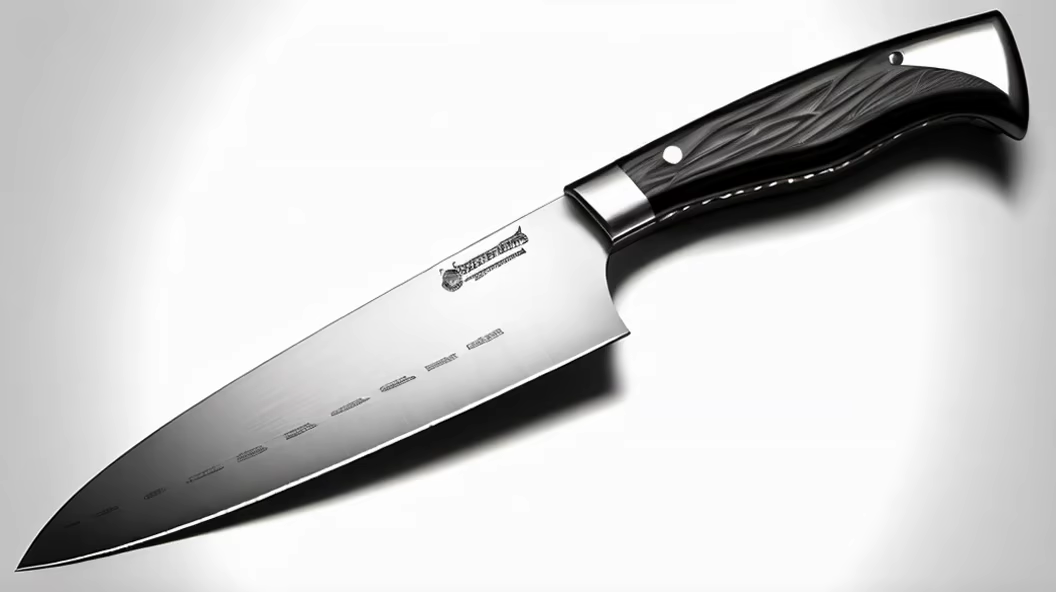

Prompt: Create an image of an innovative toilet seat design. The seat should have a user-friendly, ergonomic shape with a slightly wider frame, making it easy to lift. Highlight the wider frame in the design, ensuring it blends seamlessly with the overall aesthetics.




Prompt: Design an automatic toilet paper dispensing machine, which is suitable for public toilets and provides users with the service of scanning code to pay for wet toilet paper. The appearance of the machine should be fashionable and beautiful.
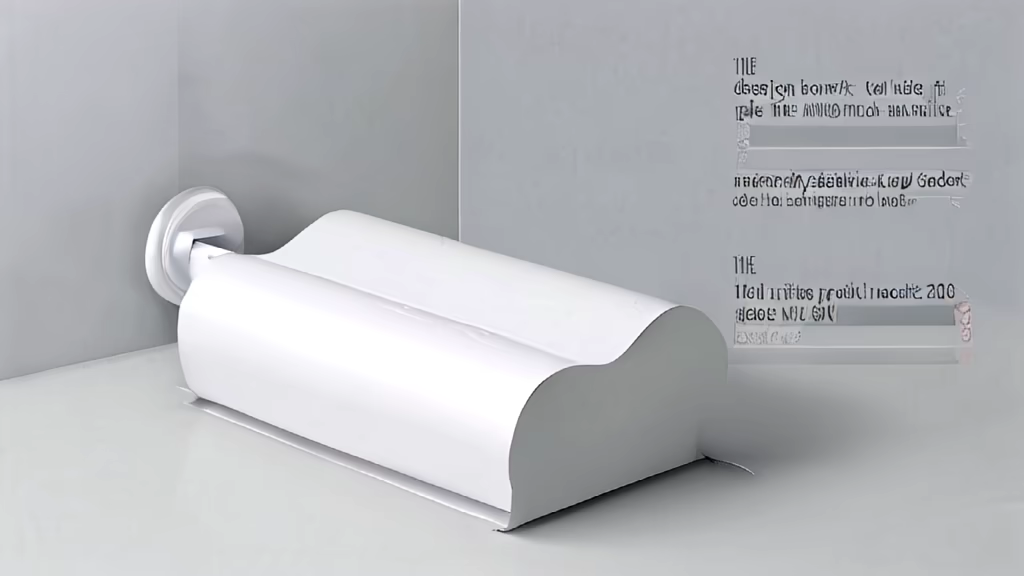
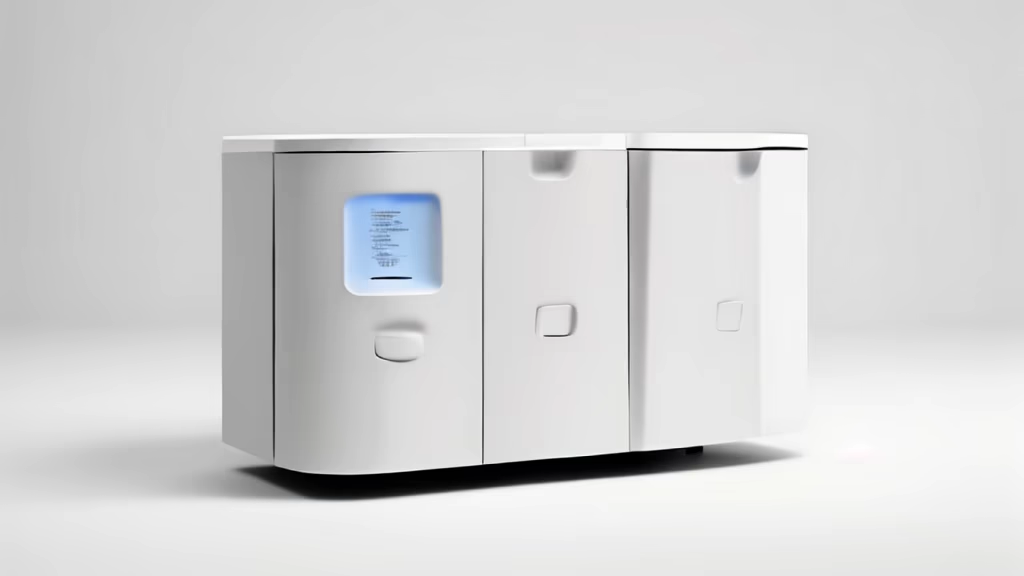
Prompt: Imagine a knife with an air of mysticism and darkness. The guard and handle of the knife should be adorned with intricate occult symbols, evoking an aura of ancient and mysterious power. The pommel should take on the form of a skull, adding a touch of macabre elegance to the overall design. Consider the size, materials, and placement of the symbols to create a visually compelling and enigmatic knife that embodies both practicality and a sense of the arcane.
Style: Digital Art


Prompt: Design a \"Fabribot,\" a robotic creature made entirely of fabric, equipped with the ability to sew and repair clothing, bringing life back into discarded garments.


Prompt: \"(Industrial design sketches for brand, design sketches for an innovative integrated child seat seamlessly blending with the rear of the vehicle. Display the details from multiple angles, arrange them neatly, and enlarge the details around the subject. Highlight the one-click adjustment feature for switching between child mode and regular rear seat mode). (Sleek, stylish, and futuristic design). (DSLR). (Wide-angle lens). (Daylight). (Industrial). (Digital).\"
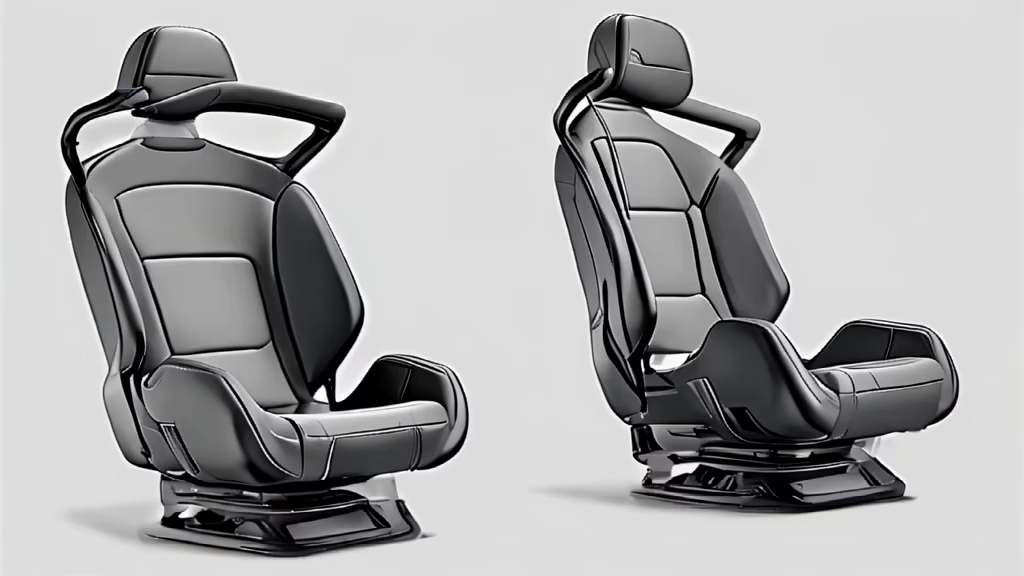
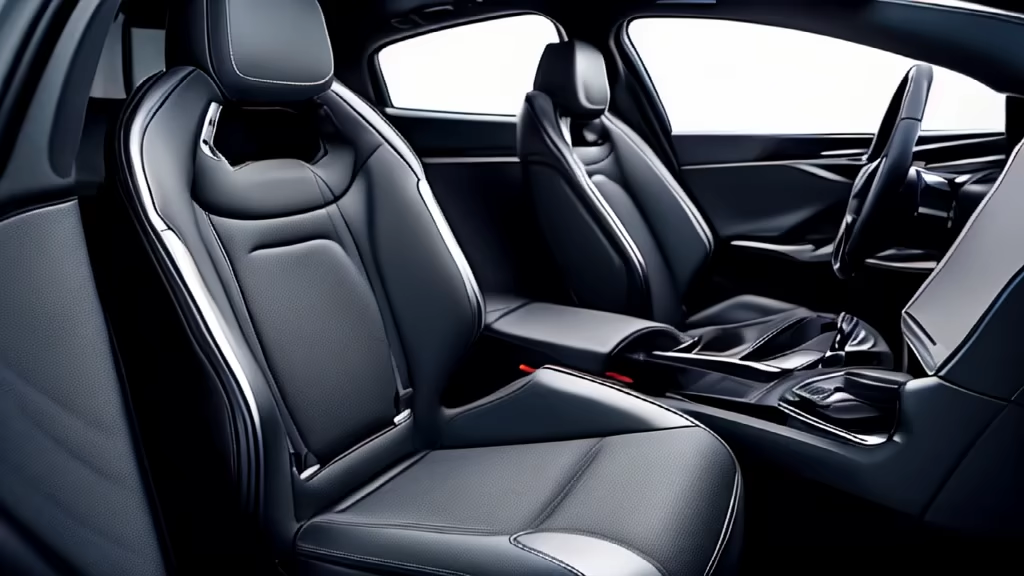
Prompt: A smart office chair, soft materials, independent armrests, head pillow and backrest are connected with an axis, the back of the head pillow's concave arc fits the head and covers the ear, and the back of the chair has a lumbar support, the foot under the chair seat, {the foot is spread, the foot is put away}, the chair seat has three adjustment buttons
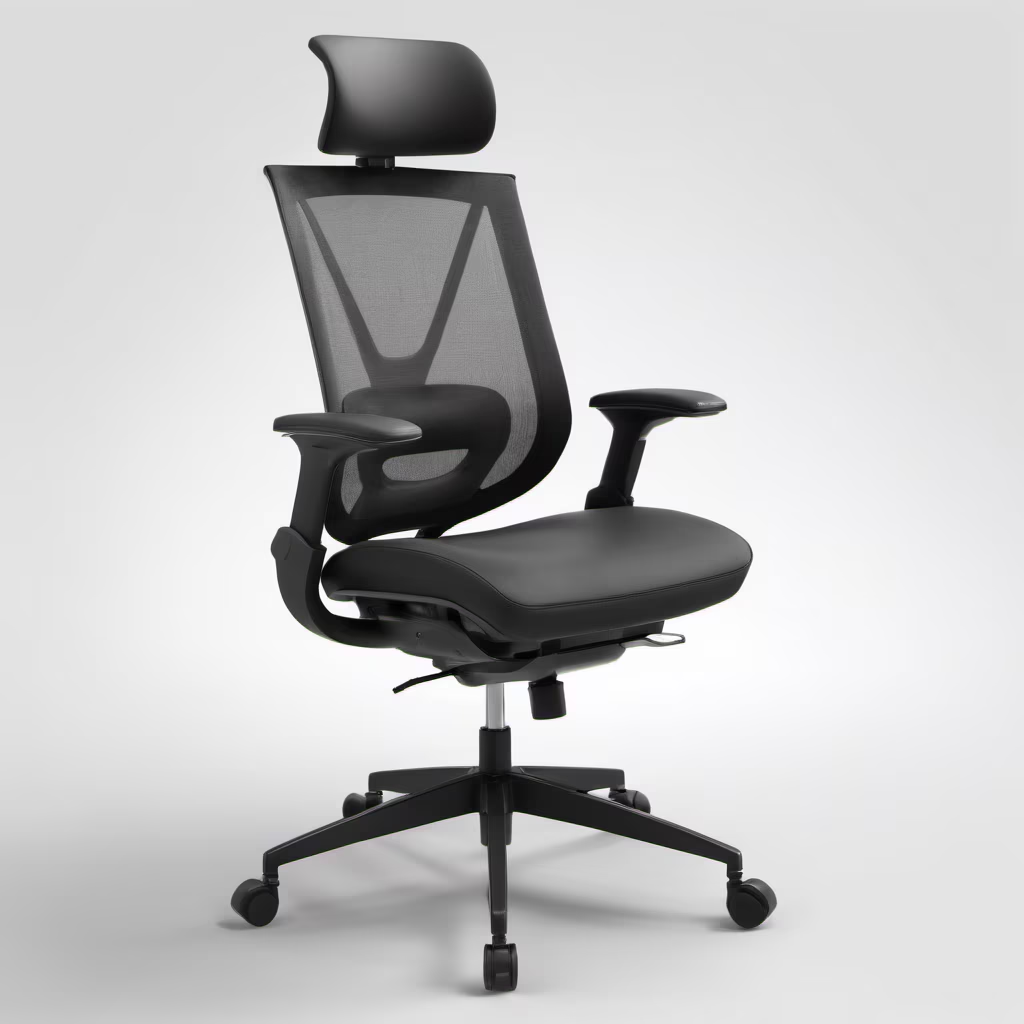

Prompt: Generate an image of a futuristic pen design that seamlessly integrates advanced technology. Imagine a sleek, metallic pen with a transparent upper portion revealing a sophisticated digital timer embedded within. The timer display should be illuminated with futuristic LED lights, showcasing a sleek and minimalist interface. Emphasize the seamless blend of traditional pen aesthetics with cutting-edge technology, creating a visually striking and innovative writing tool. The pen's overall design should exude a sense of sophistication and functionality, making it a symbol of modernity and efficiency.
Style: Fantasy Art


Prompt: earphone design, Industrial design, streamlined shape, ergonomics. Streamline product design, complete, 0C rendering


















Prompt: An image that starts with a technical drawing and then transforms into a real image, is a section of a construction




Prompt: An image that starts with a technical drawing and then transforms into a real image, is a section of a construction
Negative: drawing, watercolor, drawing, deformation
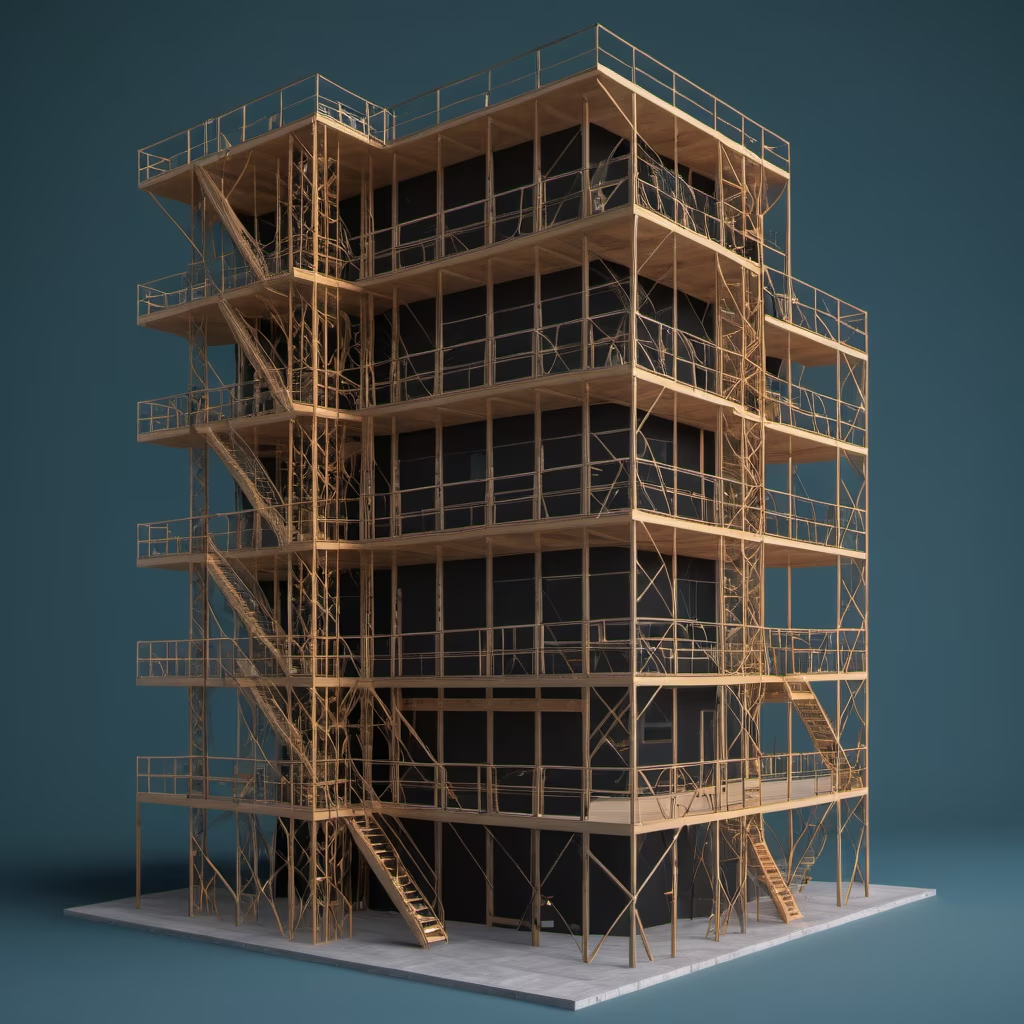





Prompt: Generate the technical patterns for a Valencia collarless long-sleeved shirt. Specify the dimensions and proportions of each component, 2 back darts, a 3cm finished placket included, and the button at the collar. Present the patterns on a white, blueprint-like background, excluding any images of real garments or human models




Prompt: Design and Model: The aircraft would typically be a fighter or bomber model such as the P-51 Mustang, B-17 Flying Fortress, or B-24 Liberator. Fighters were sleek, single-seat aircraft, while bombers were larger, multi-crew machines. Livery and Markings: These airplanes often had olive drab or silver aluminum fuselages. They featured specific insignias like the white star in a blue roundel, often with white bars extending from the sides. Squadron markings and individual aircraft identification numbers were also common. Armament: Fighter planes were equipped with machine guns or cannons, usually mounted on the wings. Bombers had multiple gun turrets for defense against enemy fighters, in addition to their bomb load. Propulsion: Most of these planes were propeller-driven. Fighters had single engines, while bombers had multiple engines (usually four). The propellers were typically three-bladed and made of metal. Cockpit and Canopy: The cockpits were relatively small with limited visibility. The canopy on fighters was often a teardrop shape, while bombers had larger, more complex cockpit structures. Wings and Tail: Fighters had distinct, often elliptical wing shapes for maneuverability, while bombers had larger, straighter wings for stability and payload capacity. The tail design varied, but vertical and horizontal stabilizers were prominent features. Size and Build: Fighters were compact and agile, built for speed and maneuverability. Bombers were much larger, designed for long-range missions and heavy bomb loads. Historical Significance: These aircraft played crucial roles in various theaters of the war, from the European to the Pacific fronts. They were instrumental in air superiority, ground support, and strategic bombing campaigns.
Style: Line Art




Prompt: Step into a world where the future meets Fibonacci elegance in the \"Fibonacci Futurism: Mechanized Shoescapes Series.\" Each sportive shoe undergoes a mechanical transformation, seamlessly merging the precision of Fibonacci patterns with the charm of Machinarium. The unfolding series captures the essence of a futuristic shoecraft symphony, where each shoe becomes a unique piece of art. Explore the ultrà beàuty, fàshion unikeness, and the mechanical charm of Machinarium in this one-of-a-kind series.


Prompt: Graphic representation in drawings is a powerful way to communicate ideas and concepts. It allows you to visualize complex information in a way that is easy to understand and interpret. Drawings can be used in a variety of fields, including architecture, engineering, graphic design, and art. They can be done by hand or using digital drawing software.


Prompt: Generate detailed technical patterns for a short-sleeved WHITE men's shirt without front pockets and without a Valencia collar. Provide precise dimensions and proportions for each component, including 2 back darts, a 3cm finished placket, and the collar button. Display the patterns on a white background, resembling blueprints, without any images of actual garments or human models


Prompt: Generate the technical patterns for a Valencia collarless long-sleeved men's shirt. Specify the dimensions and proportions of each component, 2 back darts, a 3cm finished placket included, and the button at the collar. Present the patterns on a white, blueprint-like background, excluding any images of real garments or human models without buttons


Prompt: Generate technical patterns for a men's shirt, SHORT SLEEVE, without Valencia collar. Specify the dimensions and proportions of each component, 2 back darts, a 3cm finished placket included, and the button at the collar. Present the patterns on a white background, similar to plans, excluding any images of real garments or human models, WITHOUT BAGS IN FRONT




Prompt: Generate technical patterns for a men's shirt, SHORT SLEEVE, without Valencia collar. Specify the dimensions and proportions of each component, 2 back darts, a 3cm finished placket included, and the button at the collar. Present the patterns on a white background, similar to plans, excluding any images of real garments or human models, WITHOUT BAGS IN FRONT
Negative: BAG


Prompt: Design and Model: The aircraft would typicallyor bomber model such as the P-51 Mustang, B-17 Flying Fortress, or B-24 Liberator. while bombers were larger, multi-crew machines. Livery and Markings: These airplanes often had olive drab or silver aluminum fuselages. They featured specific insignias like the white star in a blue roundel, often with white bars extending from the sides. Squadron markings and individual aircraft identification numbers were also common. Armament: Fighter planes were equipped with machine guns or cannons, usually mounted on the wings. Bombers had multiple gun turrets for defense against enemy fighters, in addition to their bomb load. Propulsion: Most of these planes were propeller-driven. Fighters had single engines, while bombers had multiple engines (usually four). The propellers were typically three-bladed and made of metal. Cockpit and Canopy: The cockpits were relatively small with limited visibility. The canopy on fighters was often a teardrop shape, while bombers had larger, more complex cockpit structures. Wings and Tail: Fighters had distinct, often elliptical wing shapes for maneuverability, while bombers had larger, straighter wings for stability and payload capacity. The tail design varied, but vertical and horizontal stabilizers were prominent features. Size and Build: Fighters were compact and agile, built for speed and maneuverability. Bombers were much larger, designed for long-range missions and heavy bomb loads. Historical Significance: These aircraft played crucial roles in various theaters of the war, from the European to the Pacific fronts. They were instrumental in air superiority, ground support, and strategic bombing campaigns.
Style: Line Art



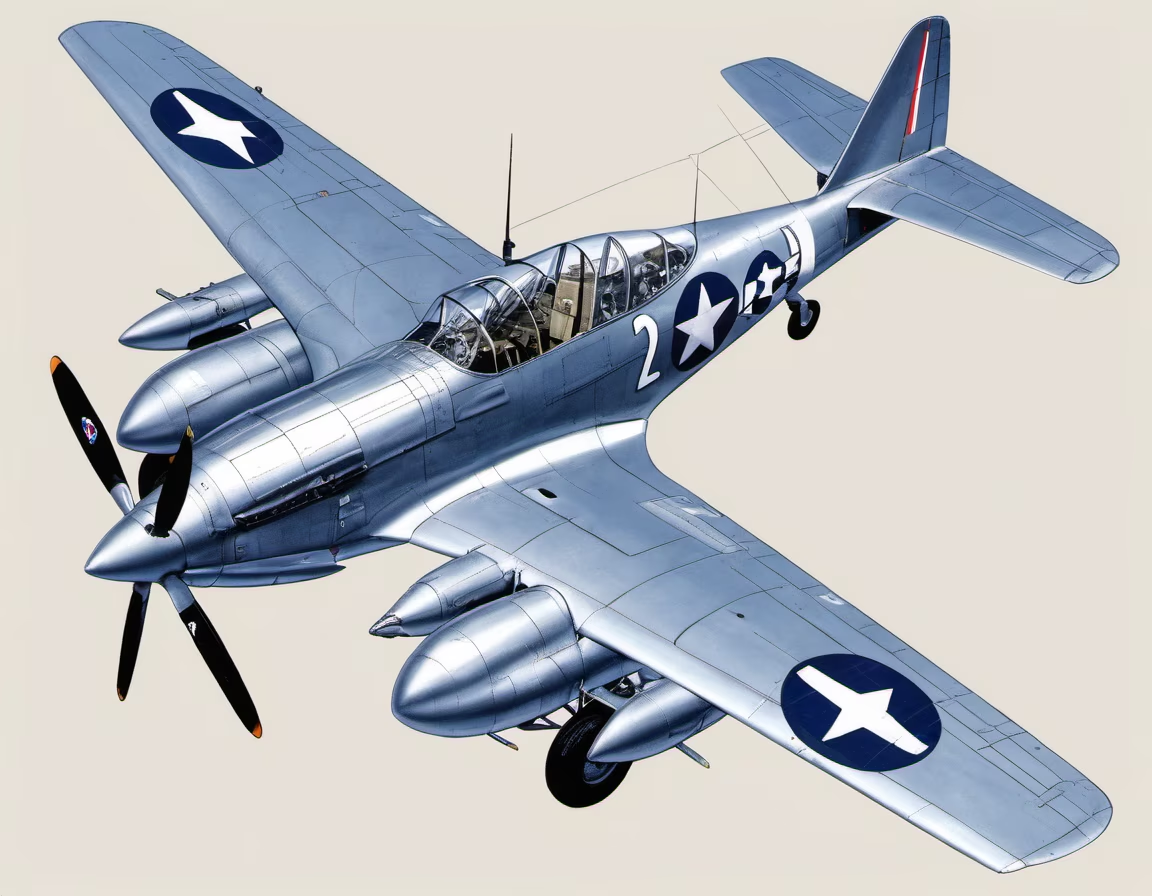
Prompt: Imagine an intricately designed balance scale positioned centrally within the frame. On one side of this scale, a powerful engine or reactor sits, exuding an aura of strength and solidity. Contrasting this, on the opposite side, delicately rests a single feather, representing fragility and lightness. Astonishingly, despite their apparent mismatch in weight, the scale remains perfectly balanced. In the backdrop, a sprawling mound of vibrantly colored feathers sprawls out, suggesting an abundance waiting to be added, enhancing the visual contrast and implying the delicate balance is easily maintained.




Prompt: Robot Appearance: The robot is compact with a streamlined design, exuding a high-tech vibe. It is equipped with precise sensors and cleaning mechanisms. Task Execution: The robot focuses on patrolling the human body, using advanced technology to clean various viruses and harmful substances, ensuring the internal health of the body. High-Tech Environment: The internal environment displays high-tech features as the robot interacts with different parts of the body through digital interfaces, effectively completing the cleaning tasks. Virus Cleanup: Equipped with advanced virus recognition technology, the robot can quickly and accurately locate and eliminate potential health threats. Waste Management: In addition to virus cleaning, the robot is responsible for collecting and processing cellular waste, ensuring a consistently clean internal environment. Internal Body Scene: Through the transparent body outline, we can see the robot navigating between blood vessels and organs, performing its cleaning tasks. Health Monitoring: The robot can also monitor the body's health status, providing real-time data feedback to help prevent potential health issues. Technological Glow: The robot emits a soft and futuristic glow, making the entire scene full of a sense of the future.


Prompt: Generate the technical patterns for a WHITE men's shirt, SHORT SLEEVES, WITH TWO BAGS IN THE FRONT, without a Valencia collar. Specify the dimensions and proportions of each component, 2 back darts, a 3cm finished placket included, and the button at the collar. Present the patterns on a white background, similar to blueprints, excluding any images of real garments or human models




Prompt: Design a minimalist medical monitoring robot that can be hung on the wall, with a clear and clear structure, rich in human touch and warmth. A high-definition camera is used to capture and analyze images and video signals for facial expression recognition, eye tracking, gesture recognition, behavior recognition, and other functions. The position and angle of the camera should be adjustable to adapt to different environments and scenes. A highly sensitive microphone used to capture and analyze sound signals for functions such as sound sensing, cough recognition, and speech recognition. The directionality and array of the microphone should be adjustable to reduce the impact of noise and interference. A high-performance processor used to run and control various AI algorithms and models for functions such as motion amplification, natural language processing, and analytical decision-making. The speed and memory of the processor should be able to meet real-time and efficient computing needs. A high-definition display screen used to display and interact various information and content, achieving functions such as human-computer dialogue, emotional expression, and composite display. The size and resolution of the display screen should be able to adapt to different users and needs. A highly stable power supply used to supply and manage power for various devices and components to ensure the normal operation and safety of the robot. The capacity and lifespan of the power supply should be able to support long-term and continuous use. studio lighting octane rendering industrial design high detail 16K--ar3:4

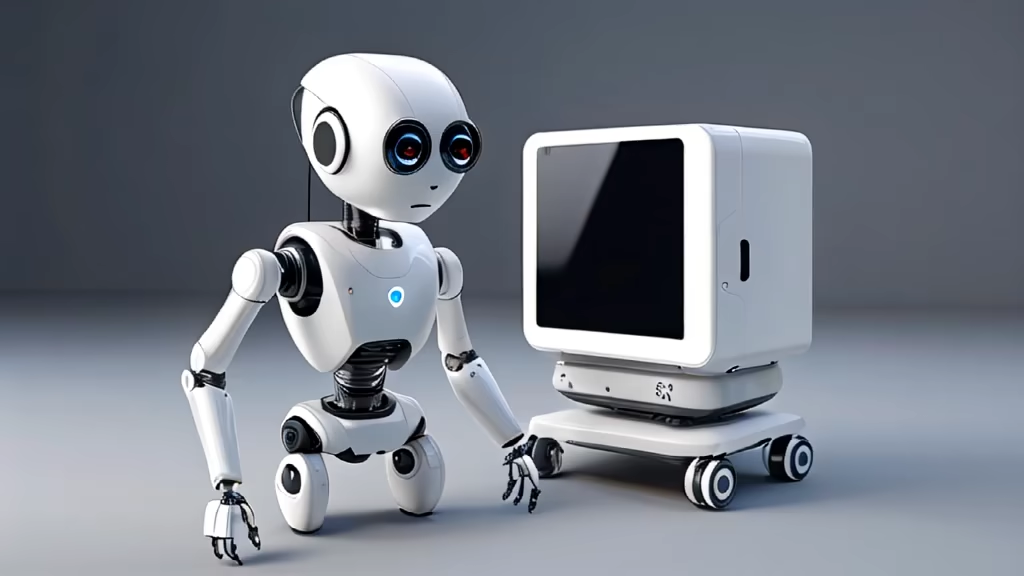
Prompt: Design a minimalist medical monitoring robot that can be hung on the wall, with a clear and clear structure, rich in human touch and warmth. A high-definition camera is used to capture and analyze images and video signals for facial expression recognition, eye tracking, gesture recognition, behavior recognition, and other functions. The position and angle of the camera should be adjustable to adapt to different environments and scenes. A highly sensitive microphone used to capture and analyze sound signals for functions such as sound sensing, cough recognition, and speech recognition. The directionality and array of the microphone should be adjustable to reduce the impact of noise and interference. A high-performance processor used to run and control various AI algorithms and models for functions such as motion amplification, natural language processing, and analytical decision-making. The speed and memory of the processor should be able to meet real-time and efficient computing needs. A high-definition display screen used to display and interact various information and content, achieving functions such as human-computer dialogue, emotional expression, and composite display. The size and resolution of the display screen should be able to adapt to different users and needs. A highly stable power supply used to supply and manage power for various devices and components to ensure the normal operation and safety of the robot. The capacity and lifespan of the power supply should be able to support long-term and continuous use. clean background studio lighting 16K--ar3:4 octane rendering


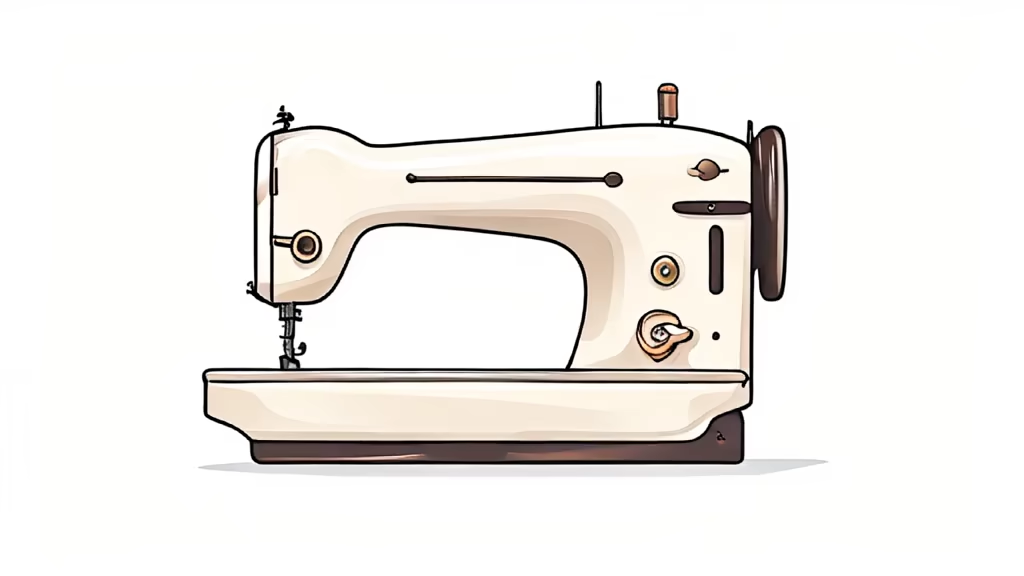
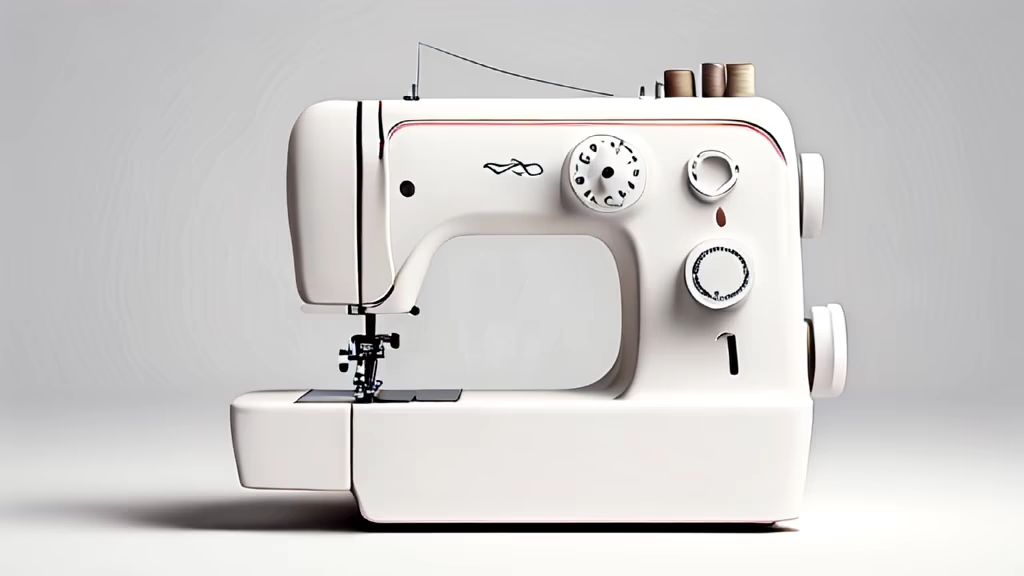
Prompt: Generate the technical patterns for a Valencia collarless long-sleeved men's shirt. Specify the dimensions and proportions of each component, 2 back darts, a 3cm finished placket included, and the button at the collar. Present the patterns on a white, blueprint-like background, excluding any images of real garments or human models.








Prompt: Generate detailed technical patterns for a short-sleeved WHITE men's shirt with a single front pocket, and without a Valencia collar. Provide precise dimensions and proportions for each component, including 2 back darts, a 3cm finished placket, and the collar button. Display the patterns on a white background, resembling blueprints, without any images of actual garments or human models








Prompt: earphone design, Industrial design, streamlined shape, ergonomics. Streamline product design, complete,


Prompt: Generate the technical patterns for a men's shirt, SHORT SLEEVE, THE SIMPLE, WITH TWO BAGS IN THE FRONT, without a Valencia collar. Specify the dimensions and proportions of each component, 2 back darts, a 3cm finished placket included, and the button at the collar. Present the patterns on a white background, similar to blueprints, excluding any images of real garments or human models


Prompt: Generate the technical patterns for a SHORT SLEEVE men's shirt without a Valencia collar. Specify the dimensions and proportions of each component, 2 back darts, a 3cm finished placket included, and the button at the collar. Present the patterns on a white, blueprint-like background, excluding any images of real garments or human models without buttons






Prompt: Generate a detailed outline of the pattern for a neutral design blouse. Include precise measurements and proportions for the neckline, shoulders, bust, sleeves, and length. Ensure that the design is simple, without prints or extravagant colors. Provide clear instructions for cutting and assembling each pattern piece. This outline will serve as a technical guide for the blouse construction, similar to blueprints for a house


Prompt: The picture is rectangular, it shows diy sewing hand tools, there are scissors, screwdrivers, hammers, thread and other tools, the tools are more scattered, the picture is very real.


Prompt: \"Generate a realistic image of a future version of a Honda Civic. The car should maintain its iconic compact design but incorporate futuristic elements. It should feature sleek, aerodynamic lines, advanced LED lighting, and a high-tech, minimalistic interior. The car should be in a vibrant shade of blue and be situated in an urban environment with modern architecture. Also, imagine it with innovative features like autonomous driving capabilities, solar-powered energy, and a digital, interactive dashboar.




Prompt: \"Generate a realistic image of a future version of a Honda Civic. The car should maintain its iconic compact design but incorporate futuristic elements. It should feature sleek, aerodynamic lines, advanced LED lighting, and a high-tech, minimalistic interior. The car should be in a vibrant shade of blue and be situated in an urban environment with modern architecture. Also, imagine it with innovative features like autonomous driving capabilities, solar-powered energy, and a digital, interactive dashboar.
